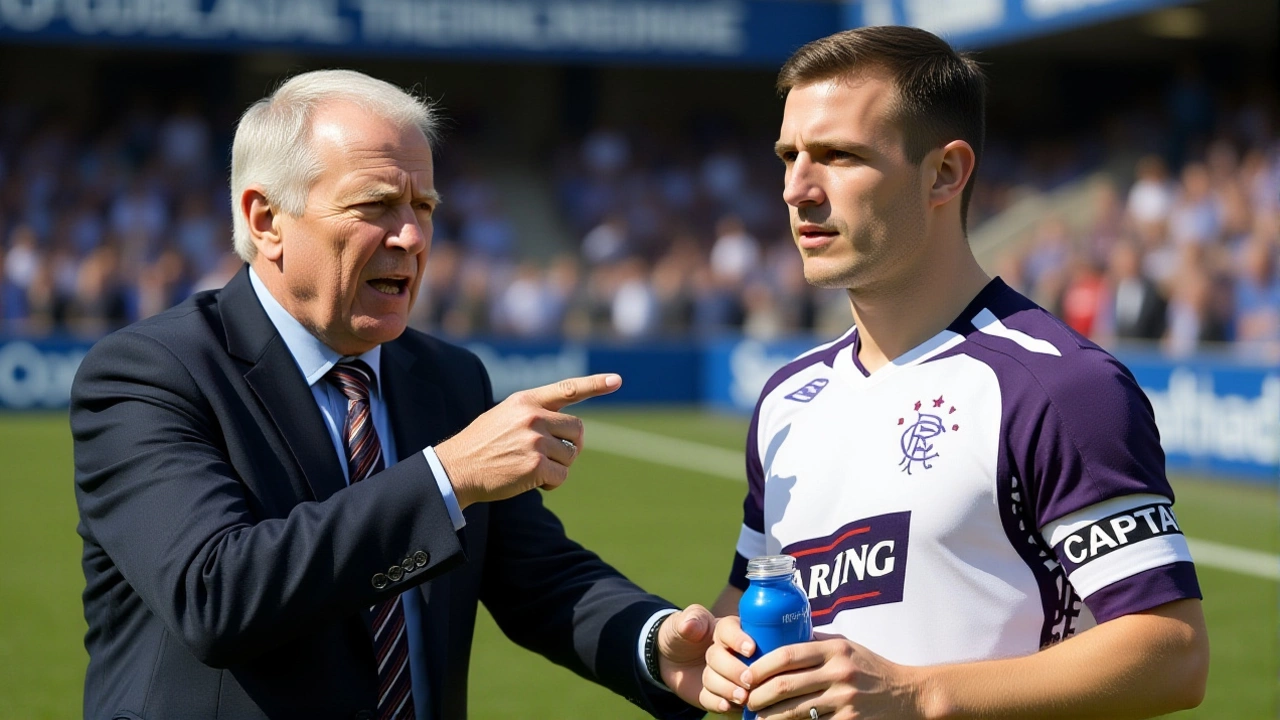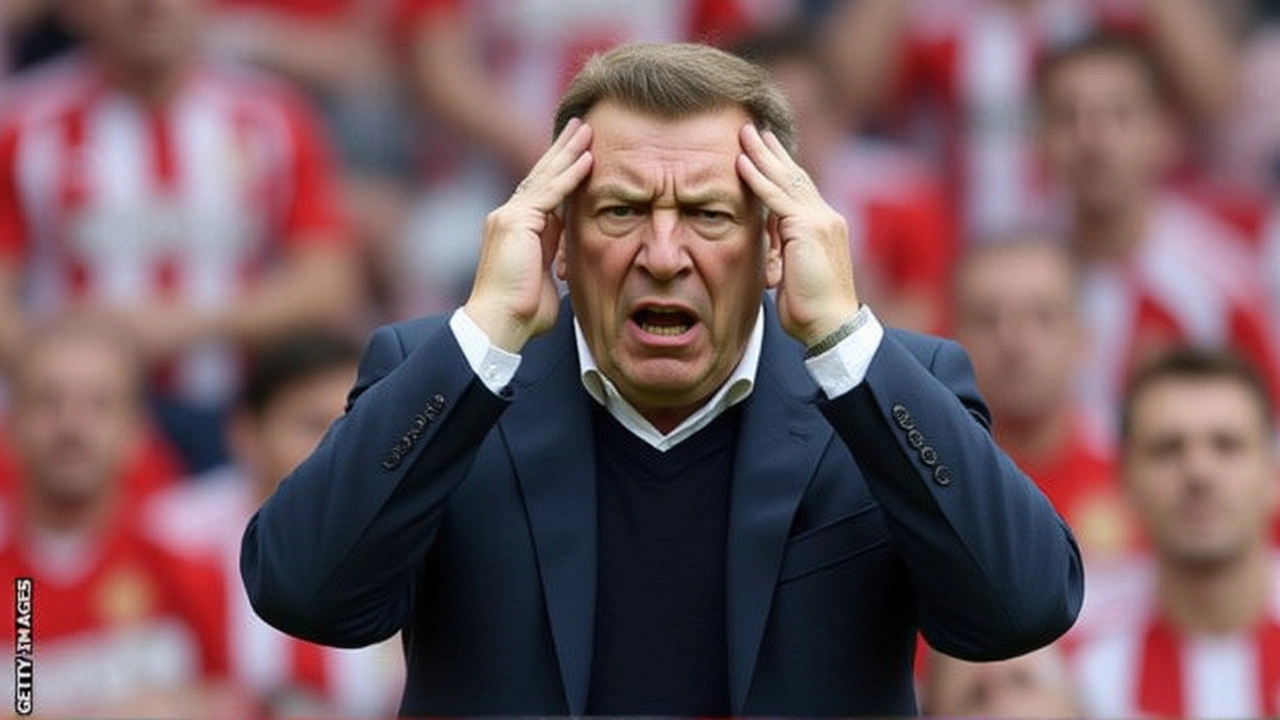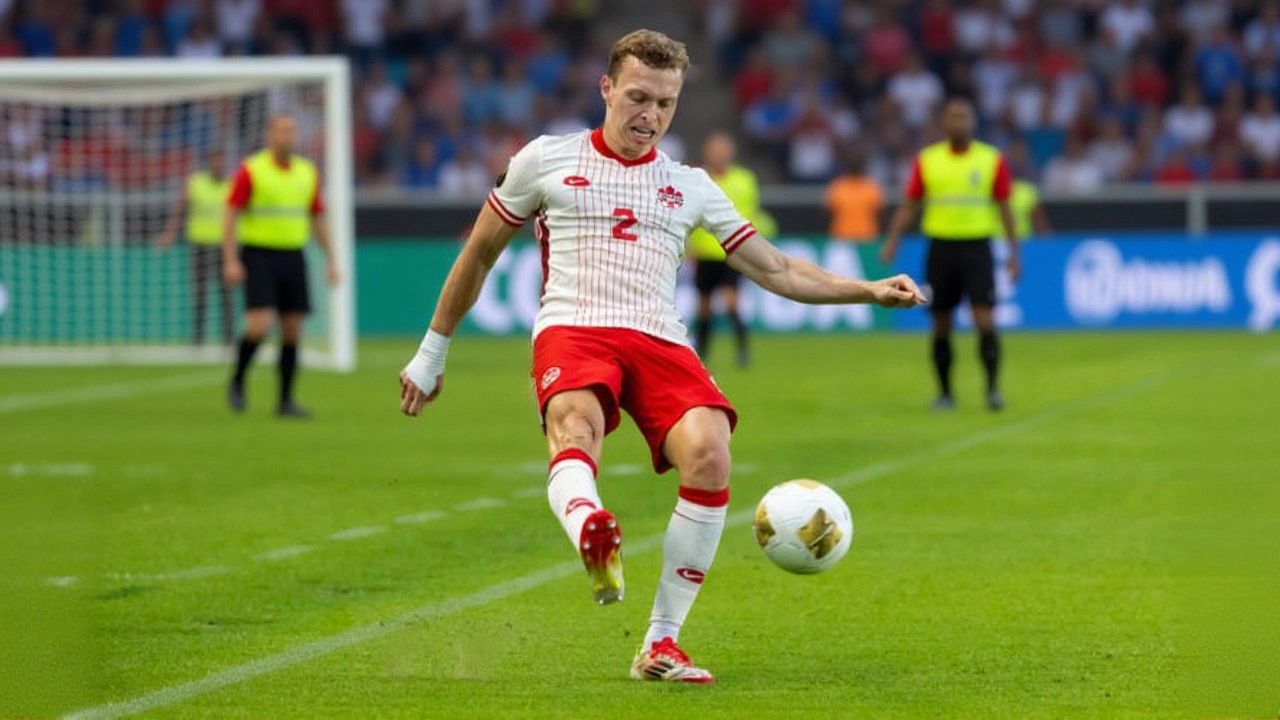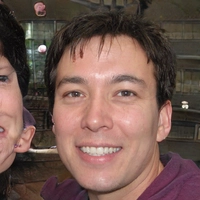One mistake. One second. One tournament gone. Alistair Johnston, the usually rock-solid right-back for Celtic FC and the Canada men's national soccer team, cost his country everything in the final seconds of a CONCACAF Gold Cup match in Houston, Texas. With Canada leading 1-0 and just seconds left in stoppage time, Johnston’s uncharacteristic misstep allowed Jeremy Antonisse to pounce and equalize for Curaçao, sealing Canada’s shocking exit from the tournament. It wasn’t just a loss—it was a collapse. And for a team that had hoped to make a deep run, it was a nightmare that came in the most cruel way possible.
When the Defense Crumbled
Johnston, 27, had only just returned from a hamstring injury that sidelined him since August. He came on as a substitute in the 70th minute, his first international appearance since the setback. Canada, playing with discipline and grit, had held firm for 89 minutes. The crowd at BBVA Stadium was buzzing with the belief that a win would send them through to the knockout stage. But in the 90+2 minute, a simple pass from Curaçao’s left flank found its way to Antonisse, who was lurking near the penalty spot. Johnston, attempting to clear the ball, misjudged the bounce. His foot slipped. The ball rolled straight to Antonisse, who didn’t hesitate—low, hard, and into the bottom corner. The stadium fell silent. The Canadian bench froze. The scoreboard read 1-1.
The Man Behind the Mistake
Alistair Johnston had been one of Canada’s most reliable defenders over the past two years. His pace, positioning, and composure made him a mainstay at right-back. He’d played every minute of Canada’s qualifying campaign. At Celtic, he was trusted to anchor the flank in high-pressure European ties. But this was different. He’d returned from injury just days before the match. His minutes were limited. His rhythm? Uncertain. As Celtic FC interim manager Sir Martin O'Neill put it: "He’s a lively lad, but he’s not fully fit. That’s not an excuse—it’s reality. He’s fighting through pain and fatigue. That’s football." The error wasn’t born of laziness or arrogance. It was born of exhaustion. Of a body that hadn’t fully recovered, pushed into a high-stakes environment before it was ready. "It’s not the kind of mistake he makes," said Canadian midfielder Alphonso Davies in a post-match interview. "He’s the guy you want in that situation. That’s what makes it hurt so much."
Dick Advocaat’s Masterstroke
Meanwhile, on the other sideline, Dick Advocaat, the 76-year-old Dutch tactician who’s managed national teams from the Netherlands to Russia, had spent the entire match quietly reshaping Curaçao’s shape. After going behind, he switched to a 4-2-3-1, pushed his wingers high, and targeted Canada’s full-backs. He knew Johnston was coming on. He knew his weakness. And he made Canada pay.
"We prepared for this," Advocaat said afterward. "We knew they would press. We knew they would be tired. We waited. And when the moment came, we took it." It was a textbook example of veteran coaching exploiting a moment of vulnerability. Advocaat didn’t need a flashy formation. He just needed patience. And Canada, emotionally drained and physically spent, gave it to him.

Canada’s Tournament Dreams Shattered
Canada’s elimination wasn’t just about one mistake—it was the culmination of a tournament defined by missed opportunities. They’d drawn 0-0 with the United States in their opener. They’d beaten Haiti 2-1. But the draw against Curaçao meant they finished third in Group B. The top two advanced. Canada didn’t. For a team that had reached the semifinals in 2021, this was a regression. And for a generation of young players—Davies, Jonathan David, Tajon Buchanan—it was a harsh lesson in how thin the line is between glory and disappointment.
"We believed," said head coach John Herdman after the match. "We played with heart. But in this tournament, one mistake can cost you everything. We have to learn from that." The Canadian Soccer Association, headquartered in Ottawa, now faces mounting pressure. Fans are asking: Why was Johnston played? Why not rest him? Why risk him in such a critical match? The answer lies in desperation. Canada needed a win. And in a squad short on experienced defenders, Johnston was the best option.
The Injury Spiral
But there’s another layer to this story—one that’s just as painful. Johnston’s hamstring injury, first suffered on August 10, 2025, during a match against Aberdeen at Pittodrie Stadium, had already disrupted his season. He returned on October 30, 2025, in Celtic’s Europa League win over SK Sturm Graz. He played just 23 minutes. Then, he felt it again. The same pain. The same tear.
"We’re looking at a minimum of four weeks," O’Neill confirmed in a press briefing. "He’ll miss the Rangers fixture, the St. Mirren game, and likely the next two league matches. We need him, but we can’t rush him." Now, with the Gold Cup over and Celtic facing a congested schedule—including a League Cup semi-final against Rangers on November 3—Johnston’s absence could ripple through both club and country. His leadership, his consistency, his calm under pressure—those are qualities Canada and Celtic can’t afford to lose.

What Happens Now?
Canada’s next competitive match isn’t until March 2026, in World Cup qualifying. But the damage is done. The confidence is shaken. The questions linger. Was this a tactical error? A medical oversight? Or simply the cruel randomness of sport?
For Alistair Johnston, the road ahead is long. He’ll return to Glasgow, undergo rehab, and wait. He’ll hear the chants of Celtic fans. He’ll read the headlines. He’ll see the clips. But he won’t be alone. His teammates, his club, his family—they all know he didn’t do it on purpose. Football doesn’t reward second chances with pity. But it does reward resilience.
And maybe, just maybe, that’s where his redemption begins.
Frequently Asked Questions
Why was Alistair Johnston playing despite his recent injury?
Canada was short on fit full-backs, and Johnston was the most experienced option available. His return from injury on October 30, 2025, was brief—just 23 minutes—and he hadn’t trained fully with the squad. The coaching staff believed his tactical awareness would compensate for lack of match fitness, but the decision backfired in stoppage time. Medical staff later confirmed he was playing through lingering discomfort.
How did this error impact Canada’s chances in the Gold Cup?
The 1-1 draw dropped Canada to third in Group B with two points, behind Curaçao and the United States. Only the top two teams advanced. Canada needed a win to guarantee progression; a draw wasn’t enough due to goal difference. The result ended their tournament run earlier than expected, marking their worst Gold Cup performance since 2019.
What’s the timeline for Alistair Johnston’s return?
Celtic’s medical team has ruled Johnston out for at least four weeks, with a potential return date set for November 22, 2025, against St. Mirren FC in the Scottish Premiership. He will miss three league games, the League Cup semi-final against Rangers on November 3, and possibly the next Europa League group match. His recovery is being monitored closely to prevent a re-injury.
Was Dick Advocaat’s strategy a key factor in the result?
Absolutely. Advocaat, a seasoned tactician, adjusted Curaçao’s formation in the 60th minute, focusing on wide attacks to target Canada’s full-backs. He knew Johnston was coming on and exploited his lack of rhythm. The equalizer came from a cross aimed at the far post—a set piece Advocaat had practiced for weeks. His calm, calculated approach contrasted sharply with Canada’s reactive play in the final minutes.
How has the Canadian public reacted to the loss?
Reactions have been mixed. Many fans have expressed sympathy for Johnston, noting his recent injury and past reliability. But others have criticized the coaching staff for fielding an unfit player in a must-win game. Social media trends show #JohnstonIsNotTheProblem trending in Canada, while #HerdmansDecision is popular among critics. The Canadian Soccer Association has promised a post-tournament review.
What does this mean for Canada’s World Cup qualifying campaign?
The Gold Cup failure adds pressure ahead of March 2026 World Cup qualifiers. Canada’s squad depth at right-back is now a major concern. If Johnston is still recovering, the team may turn to younger options like Richie Laryea or Kianz Froese. Coaches will need to rebuild confidence quickly, as the team faces strong opponents like Mexico and the United States in the next round.






